ベジタリアン、ビーガン、マクロビ、宗教や思想に基づくもの等々、菜食主義は様々な形を取りますが、近年ではもはや特別な思想や主義というよりも、一般的な健康法として全世界で多くの人の生活習慣として取り入れられていたりします。また減量目的のダイエットとしても、植物由来の食事を心がけている人も多いですよね。しかし、魚やお肉を摂らないと不足する栄養素があることをご存知ですか?今回は植物由来の食品だけでは不足してしまう栄養素とその栄養素を補助するサプリメントとの向き合い方をご紹介します。
geefeeとしては菜食主義を推奨しておらず、むしろ適度な量の良質の動物性たんぱく質を摂ることの重要性を説いていますが、上手に行えば菜食主義でも健康に生活することが可能と考えています。もしあなたが何らかの理由から菜食主義を採っているのであれば、是非この記事の情報をご参考にしてくださいね。
菜食志向で不足しがちな栄養素
ビタミンB12
植物性食品にほとんど含まれていない必須栄養素であるビタミンB12は、赤血球の発達や神経の保護、脳の機能維持に必要な水溶性の栄養素です。ベジタリアンやビーガンで不足してしまうリスクが高く[#]Pawlak, R., Parrott, S. J., Raj, S., Cullum-Dugan, D. & Lucus, D. (2013). How prevalent is vitamin B12 deficiency among vegetarians?. Nutrition reviews, 71(2), 110-117. 、不足すると、疲労[#]Langan, R. C. & Zawistoski, K. J. (2011). Update on Vitamin B 12 Deficiency. American family physician, 83(12). や貧血[#]Aslinia, F., Mazza, J. J. & Yale, S. H. (2006). Megaloblastic anemia and other causes of macrocytosis. Clinical medicine & research, 4(3), 236-241. 、しびれなどの神経症状[#]Gröber, U., Kisters, K. & Schmidt, J. (2013). Neuroenhancement with vitamin B12—underestimated neurological significance. Nutrients, 5(12), 5031-5045. 、脳の機能低下[#]Tangney, C. C., Aggarwal, N. T., Li, H., Wilson, R. S., DeCarli, C., Evans, D. A. & Morris, M. C. (2011). Vitamin B12, cognition, and brain MRI measures: a cross-sectional examination. Neurology, 77(13), 1276-1282. の原因となります。スピルリナや海苔や海藻類、発酵大豆食品等にも少量含まれています[#]Watanabe, F., Takenaka, S., Katsura, H., Miyamoto, E., Abe, K., Tamura, Y. & Nakano, Y. (2000). Characterization of a vitamin B12 compound in the edible purple laver, Porphyra yezoensis. Bioscience, biotechnology, and biochemistry, 64(12), 2712-2715. [#]Denter, J. & Bisping, B. (1994). Formation of B-vitamins by bacteria during the soaking process of soybeans for tempe fermentation. International journal of food microbiology, 22(1), 23-31. が、これだけだと十分な量ではないため[#]Watanabe F. n.d. “Vitamin B₁₂-Containing Plant Food Sources for Vegetarians. - PubMed - NCBI.” Accessed November 11, 2019. https://www.ncbi.nlm.nih.gov/pubmed/24803097. 、サプリメントで補充する必要があります。

クレアチン
動物性食品のみに含まれている分子のクレアチンは、筋肉や脳に蓄えられ、即座に細胞のエネルギーとして筋力や持久力に利用されます。肝臓で生成できるため、食事から摂取する必要のない非必須栄養素に分類されていますが、菜食主義者は、体内のクレアチンの量が少ないことが統計的に分かっています[#]Burke DG. n.d. “Effect of Creatine and Weight Training on Muscle Creatine and Performance in Vegetarians. - PubMed - NCBI.” Accessed November 11, 2019. https://www.ncbi.nlm.nih.gov/pubmed/14600563. 。このクレアチンは、主に筋力増強をサポートするサプリメントとして販売されていますが[#]Graham, A. S. & Hatton, R. C. (1999). Creatine: a review of efficacy and safety. Journal of the American Pharmaceutical Association (1996), 39(6), 803-810. [#]Bird, S. P. (2003). Creatine supplementation and exercise performance: a brief review. Journal of sports science & medicine, 2(4), 123. 、運動パフォーマンスの改善[#]Burke, D. G., Chilibeck, P. D., Parise, G. I. A. N. N. I., Candow, D. G., Mahoney, D. O. U. G. L. A. S. & Tarnopolsky, M. A. R. K. (2003). Effect of creatine and weight training on muscle creatine and performance in vegetarians. Medicine and science in sports and exercise, 35(11), 1946-1955. 、脳機能の改善[#]Lukaszuk, J. M., Robertson, R. J., Arch, J. E., Moore, G. E., Yaw, K. M., Kelley, D. E. & Moyna, N. M. (2002). Effect of creatine supplementation and a lacto-ovo-vegetarian diet on muscle creatine concentration. International journal of sport nutrition and exercise metabolism, 12(3), 336-348. の効果も期待できます。また、後者の脳機能の改善は、肉食の人よりも、菜食主義の人の方が大幅に改善したという興味深い研究結果もあります[#]Benton D And Donohoe. n.d. “The Influence of Creatine Supplementation on the Cognitive Functioning of Vegetarians and Omnivores. - PubMed - NCBI.” Accessed November 11, 2019. https://www.ncbi.nlm.nih.gov/pubmed/21118604. 。
カルノシン
筋肉や脳内で高濃度に含まれている抗酸化物質でありカルノシンは[#]Kohen, R., Yamamoto, Y., Cundy, K. C. & Ames, B. N. (1988). Antioxidant activity of carnosine, homocarnosine, and anserine present in muscle and brain. Proceedings of the National Academy of Sciences, 85(9), 3175-3179. 、筋肉疲労の改善にとても重要な物質です[#]Derave, W., Ozdemir, M. S., Harris, R. C., Pottier, A., Reyngoudt, H., Koppo, K. & Achten, E. (2007). β-Alanine supplementation augments muscle carnosine content and attenuates fatigue during repeated isokinetic contraction bouts in trained sprinters. Journal of applied physiology, 103(5), 1736-1743. [#]Stout, J. R., Cramer, J. T., Zoeller, R. F., Torok, D., Costa, P., Hoffman, J. R. & O’kroy, J. (2007). Effects of β-alanine supplementation on the onset of neuromuscular fatigue and ventilatory threshold in women. Amino acids, 32(3), 381-386. 。クレアチンと同様に体内で生成されますが、ベジタリアンの場合にはカルノシンの筋肉内含有量が低い傾向があります[#]Everaert, I., Mooyaart, A., Baguet, A., Zutinic, A., Baelde, H., Achten, E. & Derave, W. (2011). Vegetarianism, female gender and increasing age, but not CNDP1 genotype, are associated with reduced muscle carnosine levels in humans. Amino acids, 40(4), 1221-1229. 。補助的に摂取することで持久力や筋肉量が増加すると言われています[#]Sale, C., Saunders, B. & Harris, R. C. (2010). Effect of beta-alanine supplementation on muscle carnosine concentrations and exercise performance. Amino acids, 39(2), 321-333. [#]Baguet, A., Reyngoudt, H., Pottier, A., Everaert, I., Callens, S., Achten, E. & Derave, W. (2009). Carnosine loading and washout in human skeletal muscles. Journal of applied physiology, 106(3), 837-842. 。ベジタリアンやビーガン用のサプリメントも販売されています。
ビタミンD3
骨粗鬆症、癌、心疾患、動脈硬化、鬱、脳機能の低下、筋肉の減少…不足することで多くの健康異常を引き起こす必須栄養素のビタミンD[#]Dobnig, H. (2011). A review of the health consequences of the vitamin D deficiency pandemic. Journal of the neurological sciences, 311(1-2), 15-18. [#]Lappe, J. M., Travers-Gustafson, D., Davies, K. M., Recker, R. R. & Heaney, R. P. (2007). Vitamin D and calcium supplementation reduces cancer risk: results of a randomized trial. The American journal of clinical nutrition, 85(6), 1586-1591. [#]Faridar, A., Eskandari, G., Sahraian, M. A., Minagar, A. & Azimi, A. (2012). Vitamin D and multiple sclerosis: a critical review and recommendations on treatment. Acta Neurologica Belgica, 112(4), 327-333. [#]Kjærgaard, M., Waterloo, K., Wang, C. E., Almås, B., Figenschau, Y., Hutchinson, M. S. & Jorde, R. (2012). Effect of vitamin D supplement on depression scores in people with low levels of serum 25-hydroxyvitamin D: nested case—control study and randomised clinical trial. The British Journal of Psychiatry, 201(5), 360-368. [#]Annweiler, C., Schott, A. M., Allali, G., Bridenbaugh, S. A., Kressig, R. W., Allain, P. & Beauchet, O. (2010). Association of vitamin D deficiency with cognitive impairment in older women: cross-sectional study. Neurology, 74(1), 27-32. [#]Grimaldi, A. S., Parker, B. A., Capizzi, J. A., Clarkson, P. M., Pescatello, L. S., White, C. M. & Thompson, P. D. (2013). 25 (OH) vitamin D is associated with greater muscle strength in healthy men and women. Medicine and science in sports and exercise, 45(1), 157. 。ビタミンDは食事から摂取しなくても日光を浴びて皮膚で生成することができますが、食事由来のビタミンDには、植物性のD2(エルゴカルシフェロール)とD3(コレカルシフェロール)の2種類があります。D3はD2よりもはるかに効率的に生理活性ビタミンDの血中濃度を増加させることができるので[#]Trang HM. n.d. “Evidence That Vitamin D3 Increases Serum 25-Hydroxyvitamin D More Efficiently than Does Vitamin D2. - PubMed - NCBI.” Accessed November 11, 2019. https://www.ncbi.nlm.nih.gov/pubmed/9771862. [#]Heaney RP. n.d. “Vitamin D(3) Is More Potent than Vitamin D(2) in Humans. - PubMed - NCBI.” Accessed November 11, 2019. https://www.ncbi.nlm.nih.gov/pubmed/21177785. [#]Romagnoli E. n.d. “Short and Long-Term Variations in Serum Calciotropic Hormones after a Single Very Large Dose of Ergocalciferol (vitamin D2) or Cholecalciferol (vit... - PubMed - NCBI.” Accessed November 11, 2019. https://www.ncbi.nlm.nih.gov/pubmed/18492750. 、日に当たらない生活を送っている人には特に経口摂取が必要な栄養素となります。ビタミンD3のもっとも豊富な供給源は青魚、卵黄、タラの肝油、牛乳。となるとビーガンだと充分に摂取できない栄養素となりますので、地衣類と呼ばれる植物由来のビタミンD3サプリメント等で補うことになります[#]Hever, J. & Cronise, R. J. (2017). Plant-based nutrition for healthcare professionals: implementing diet as a primary modality in the prevention and treatment of chronic disease. Journal of geriatric cardiology: JGC, 14(5), 355. 。

DHA
DHA(ドコサヘキサエン酸)はαリノレン酸(ALA)やエイコサペンタエン酸(EPA)と共に必須オメガ3系脂肪酸の代表格の1つ。脳灰白質部、網膜、神経、心臓に多く含まれ、神経系に作用し脳の発達に重要な役割を果たします[#]Guesnet, P. & Alessandri, J. M. (2011). Docosahexaenoic acid (DHA) and the developing central nervous system (CNS)–implications for dietary recommendations. Biochimie, 93(1), 7-12. 。DHAは青魚に多く含まれています。亜麻仁油やチアシード、ナッツ類が含むαリノレン酸からも合成されますが[#]Harper, C. R., Edwards, M. J., DeFilipis, A. P., & Jacobson, T. A. (2006). Flaxseed oil increases the plasma concentrations of cardioprotective (n-3) fatty acids in humans. The Journal of nutrition, 136(1), 83-87. 、その量は不十分です[#]Gerster, H. (1998). Can adults adequately convert a-linolenic acid (18: 3n-3) to eicosapentaenoic acid (20: 5n-3) and docosahexaenoic acid (22: 6n-3)?. International Journal for Vitamin and Nutrition Research, 68(3), 159-173. ので、微細藻類から作られるDHAサプリメントが良いとされています[#]Doughman, S. D., Krupanidhi, S. & Sanjeevi, C. B. (2007). Omega-3 fatty acids for nutrition and medicine: considering microalgae oil as a vegetarian source of EPA and DHA. Current diabetes reviews, 3(3), 198-203. 。成人男性は 1日2.0~2.4グラム、成人女性は 1日1.6g~2.0グラムが目安。

タウリン
タウリンは脳や心臓、腎臓など私たちの身体の至るところで必要な硫黄の化合物で、筋肉の活動を活性化させたり抗酸化作用などの役割を持っています[#]Huxtable, R. J. (1992). Physiological actions of taurine. Physiological reviews, 72(1), 101-163. [#]Spriet, L. L. & Whitfield, J. (2015). Taurine and skeletal muscle function. Current Opinion in Clinical Nutrition & Metabolic Care, 18(1), 96-101. [#]Zhang, M., Bi, L. F., Fang, J. H., Su, X. L., Da, G. L., Kuwamori, T. & Kagamimori, S. (2004). Beneficial effects of taurine on serum lipids in overweight or obese non-diabetic subjects. Amino acids, 26(3), 267-271. 。血液中のコレステロールを調整し、高血圧を防ぐ効果もありと言われています。しかしながら、自然界でタウリンは魚や魚介類、肉類、乳製品のような動物性の食品にしか含まれていません[#]Laidlaw, S. A., Grosvenor, M. & Kopple, J. D. (1990). The taurine content of common foodstuffs. Journal of parenteral and enteral nutrition, 14(2), 183-188. 。体内で生成することもできますが、菜食主義の方ではそれだけでは不十分の可能性があります[#]Laidlaw, S. A., Shultz, T. D., Cecchino, J. T. & Kopple, J. D. (1988). Plasma and urine taurine levels in vegans. The American journal of clinical nutrition, 47(4), 660-663. 。動物性でない原料で生成されたサプリメントが広く利用されています。
カルシウム
カルシウムは骨と歯の健康に必要なミネラル。チンゲン菜やブロッコリーなどの植物性の食事からもある程度は摂ることができますが、ビーガンだと十分に得ることができないと言われています [#] Clarys, P., Deliens, T., Huybrechts, I., Deriemaeker, P., Vanaelst, B., De Keyzer, W. & Mullie, P. (2014). Comparison of nutritional quality of the vegan, vegetarian, semi-vegetarian, pesco-vegetarian and omnivorous diet. Nutrients, 6(3), 1318-1332. [#]Appleby, P., Roddam, A., Allen, N. & Key, T. (2007). Comparative fracture risk in vegetarians and nonvegetarians in EPIC-Oxford. European journal of clinical nutrition, 61(12), 1400. 。必要に応じて、サプリメントで摂取することが可能です。
完全なベジタリアン・ビーガンの生活を送っている人は、日本ではあまり多くはないかもしれませんが、極端な糖質制限、偏った無理なダイエット等で、動物性の食事から遠ざかっている方もいるのではないでしょうか?特殊な食事法を採っている場合に不足しがちな栄養素を理解しておくことはとても大切で、過去の記事で食物アレルギーの人が不足しやすい栄養素を扱いました。菜食主義の人や動物性の食事が少なめな人は、植物由来の食品からは摂取することが難しい必須栄養素が何かということをしっかりと認識し、必要に応じてサプリメントなどで補うことが大切です。








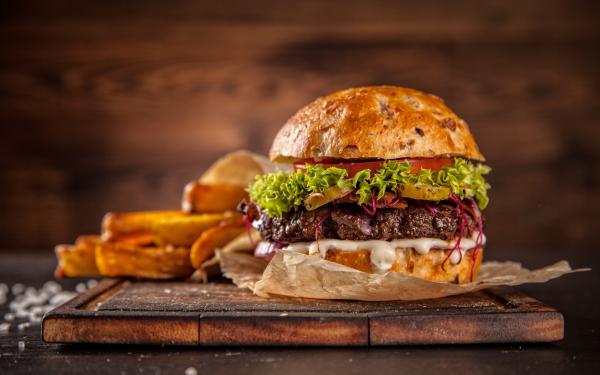

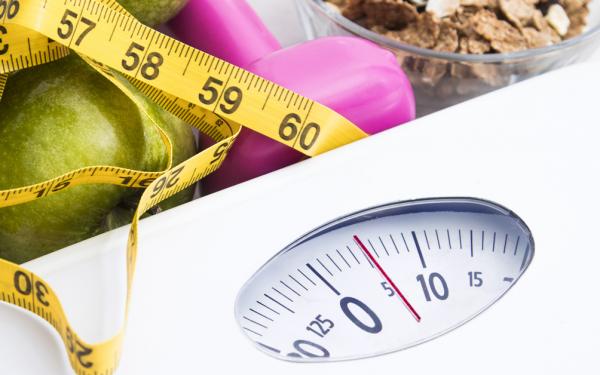

 初級
初級 
 中級
中級 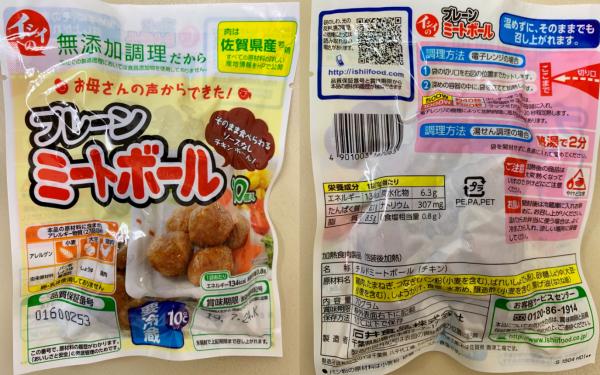
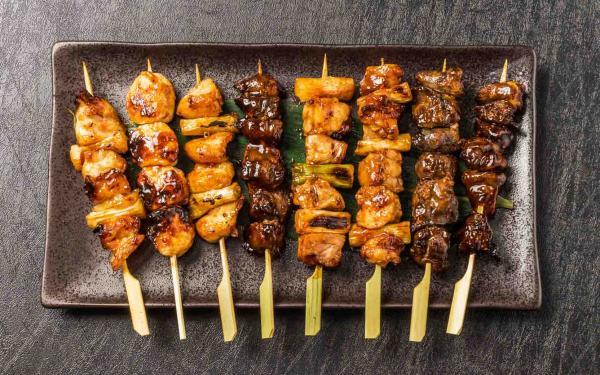
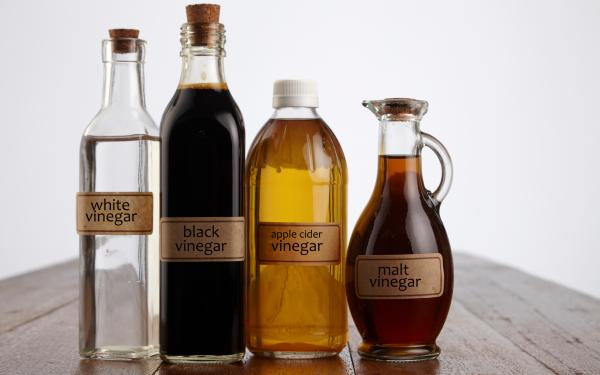




コメント
コメントを追加